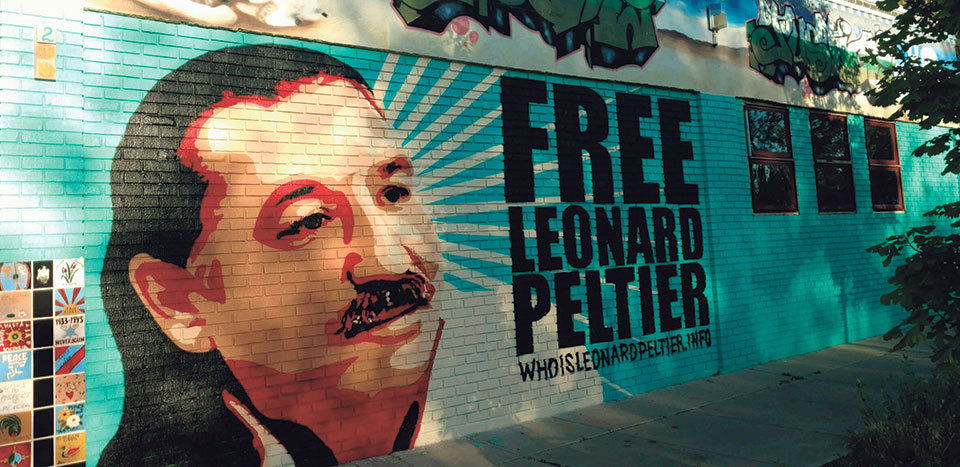Culture Shock: Leonard Peltier’s Last Chance For Freedom
Gregg Deal's Visual Activism Is Indicative Of The Power Of Art


Dirty Velvet
Latest Article|September 3, 2020|Free
::Making Grown Men Cry Since 1992


Dirty Velvet


